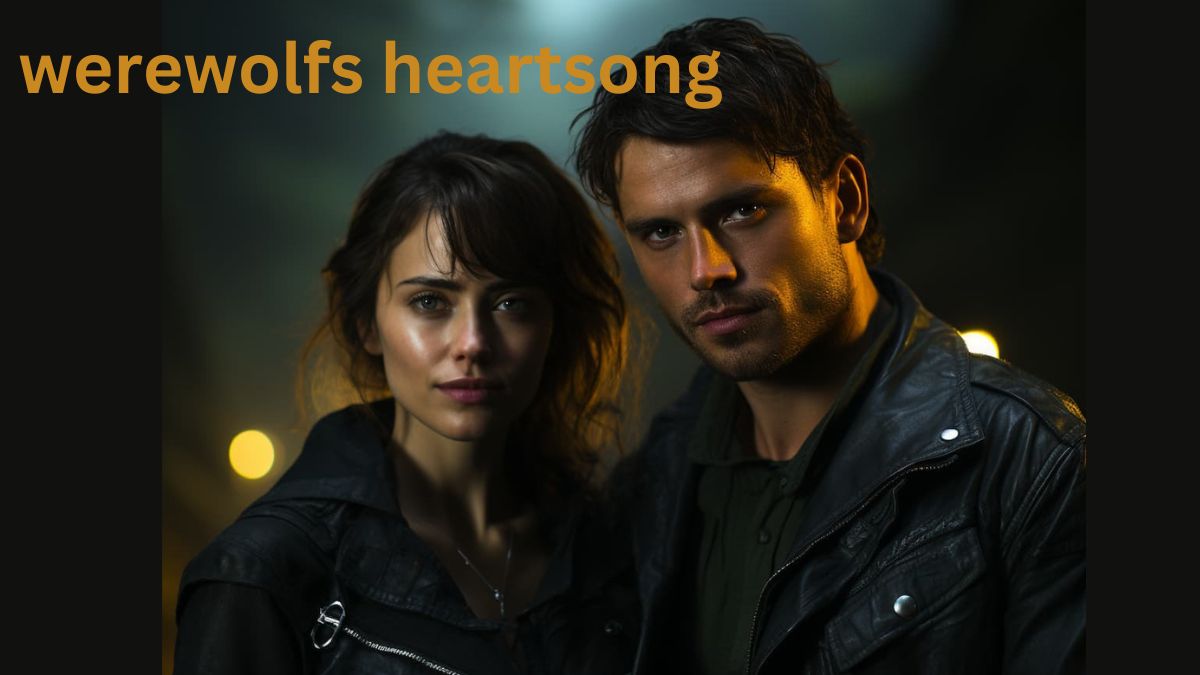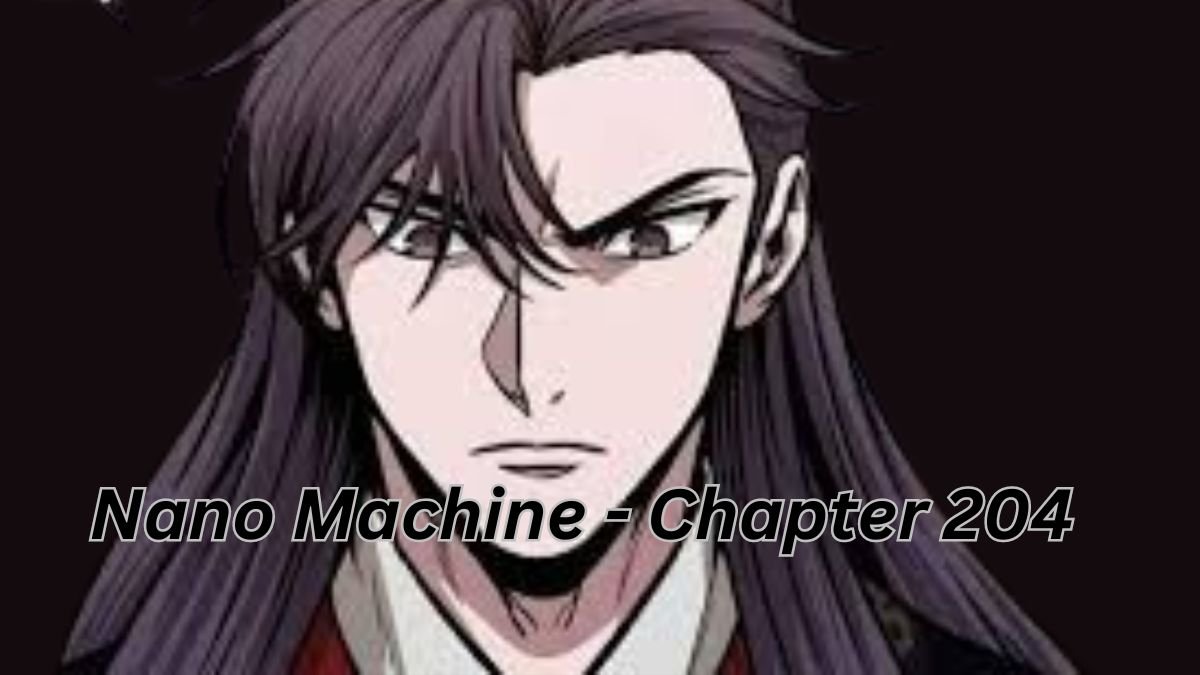The Enchantment of Werewolf Lore
Werewolf lore has deep roots in various cultures, tracing back to ancient civilizations. The werewolf, or lycanthrope, is often depicted as a human with the ability to transform into a wolf or wolf-like creature. This transformation is frequently linked to the full moon, symbolizing cycles of change and renewal. The mythos surrounding werewolves encompass a rich tapestry of legends, from the fearsome beasts of European folklore to the noble protectors in Native American traditions. Understanding the origins of these myths provides a foundation for appreciating their role in contemporary storytelling.
Werewolves in Popular Culture
Werewolves have transcended their folkloric origins to become iconic figures in modern popular culture. Classic films like “The Wolf Man” and contemporary series like “Twilight” and “Teen Wolf” showcase the versatility and enduring appeal of the werewolf archetype. These stories often explore themes of transformation, identity, and the struggle between one’s human and animalistic sides, resonating deeply with audiences.
Understanding the Werewolf Transformation
The transformation from human to werewolf is a central element of werewolf stories, symbolizing profound physical and emotional changes. This metamorphosis is often depicted as both painful and empowering, highlighting the duality of the werewolf’s nature. The process can be seen as a metaphor for personal growth, the struggle with inner demons, or the unleashing of one’s true potential. In the context of the “Werewolf’s Heart Song,” the transformation also becomes a powerful symbol of love and connection, as the heart song itself is tied to the werewolf’s emotional state.
Read Also:Comprehensive Analysis of Oakland Athletics vs Yankees Match Player Stats
The Heart Song: A Werewolf’s Melody
At the core of the “Werewolf’s Heart Song” lies the mystical and poignant concept of the heart song. The heart song is more than just a romantic element; it represents the werewolf’s deepest emotions and desires, their essence harmonized into a song. This powerful symbol serves as a bridge between the supernatural and the deeply personal, capturing the imagination and the heart of the reader.
The Romantic Element of the Heart Song
It transcends the physical and taps into a spiritual bond, uniting mates on a profound level. This romantic element adds depth and richness to werewolf tales, making them more than just stories of monsters and transformations. The heart song embodies the idea that love is an integral part of the werewolf’s identity, offering a sense of completeness and fulfillment that resonates deeply with readers.
Crafting a Werewolf Character
Creating a compelling werewolf character involves more than just physical descriptions of their transformation. It requires a nuanced understanding of their personality, motivations, and struggles. Werewolves often grapple with their dual nature, balancing their human intellect and emotions with their animal instincts. This internal conflict can add layers of complexity to their character, making them more relatable and engaging. Key traits such as loyalty, protectiveness, and a strong sense of justice often define werewolf characters, setting them apart in the realm of supernatural beings.
Setting the Scene for Werewolf Tales
The setting plays a crucial role in werewolf stories, enhancing the atmosphere and supporting the narrative. Whether it’s the eerie woods under a full moon or the bustling city where werewolves live hidden among humans, the environment adds to the tension and mystery. A well-crafted setting can amplify the emotional impact of the story, drawing readers into the world of the werewolf. In “Werewolf’s Heart Song,” the setting often mirrors the internal landscape of the characters, reflecting their struggles and triumphs.
Werewolf Heart Song in Literature
Notable authors like Patricia Briggs and Kelley Armstrong have delved into werewolf lore, creating rich, immersive worlds where the heart song plays a pivotal role. These stories often blend romance, adventure, and supernatural elements, offering readers a multifaceted experience. The heart song, as a literary device, serves to deepen the emotional resonance of the narrative, making the love story more poignant and memorable.
The Impact of the Moon on Werewolves
The moon, especially the full moon, is a powerful symbol in werewolf lore. In “Werewolf’s Heart Song,” the moon’s phases might also reflect the waxing and waning of the heart song, adding another layer of meaning to the story. The moon’s impact on werewolves underscores the connection between the natural world and the supernatural, grounding the fantasy in a relatable, universal symbol.
Werewolf Packs and Hierarchies
Social structures play a significant role in werewolf stories, with packs often serving as extended families or communities. These hierarchies can add tension and drama to the narrative, as characters navigate relationships and power dynamics within the pack. The alpha, beta, and omega roles are common in werewolf lore, each carrying its responsibilities and privileges. Understanding these social structures can enrich the storytelling, providing a framework for character interactions and conflicts. In “Werewolf’s Heart Song,” the pack dynamics might also influence the heart song, reflecting the interconnectedness of the werewolf community.
Human and Werewolf Relationships
Relationships between humans and werewolves are a common theme in supernatural romance, offering a rich ground for exploring themes of acceptance, understanding, and love. These relationships often face unique challenges, from the secrecy of the werewolf’s true nature to the physical dangers of transformation. Yet, they also provide opportunities for deep emotional connections and personal growth. In “Werewolf’s Heart Song,” the bond between a werewolf and their human mate can highlight the strengths and vulnerabilities of both characters, creating a compelling, emotionally charged narrative.
The Role of Conflict in Werewolf Stories
Conflict is essential to any story, driving the plot and developing characters. In werewolf tales, conflict often arises from the tension between the human and animal sides, the struggle for control, and external threats to the pack or loved ones. This conflict can be both internal and external, adding depth and complexity to the narrative. In “Werewolf’s Heart Song,” the conflict might center around the challenges of the heart song, the obstacles to finding and maintaining that deep connection. The resolution of these conflicts can lead to powerful, satisfying conclusions.
Werewolf Abilities and Powers
Werewolves are often endowed with extraordinary abilities, from enhanced strength and speed to heightened senses and regenerative powers. These abilities make them formidable creatures, capable of great feats and fierce protection of their loved ones.











